German Jewish architect Erich Mendelsohn pioneered Modern architecture and Art Deco. His works are examples of Expressionism.
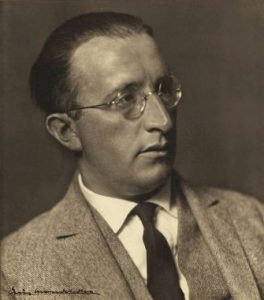
Image source: https://search.creativecommons.org/photos/c926b77b-8551-4d2f-9cf1-3cb7b07863b2
About His Work
Erich Mendelsohn was born in Allenstein, East Prussia on March 21, 1887. He studied architecture in Berlin and Munich and at the age of 25 opened a private practice. In Munich, he met the leaders of the German Expressionist movement in painting. After serving in the army during World War I, Mendelsohn returned to his architectural practice and prepared an exhibition of his sketches. Then, in March 1933, Mendelsohn fled Germany due to the religious persecution of Jews by the Nazis. Mendelsohn immigrated to the United States in 1941, but he continued architectural work after the war. He died on September 15, 1953, in San Francisco, California, USA.
His Major Works
- Einstein Tower, Potsdam (1919–21)
- Hat Factory of Steinberg, Hermann & Co. which he designed at Luckenwalde (1920–23). It also had a striking appearance and was entirely functional as well.
- Mossehaus (1921–1923) located in Berlin, was a renovated office building. During the 1920s, Mendelsohn designed many structures that were particularly notable for their prominent and imaginative use of glass in strongly horizontal compositions.
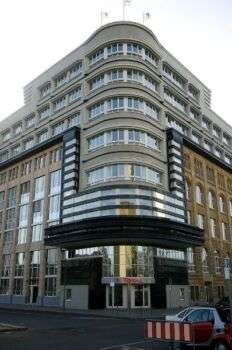
Image source: https://search.creativecommons.org/photos/32744900-cf76-469a-8f77-f9f3135269dc by roryrory
- Schocken stores at Stuttgart (1927)
- Chemnitz (1928)
- Warr Pavilion, Bexhill (with Serge Chermayeff, 1933) located in England, which had a glass-enclosed, semicircular stairway tower.

Image source: https://search.creativecommons.org/photos/7831ab32-98ec-4997-92c0-8a8d0db09d61 by corno.fulgur75
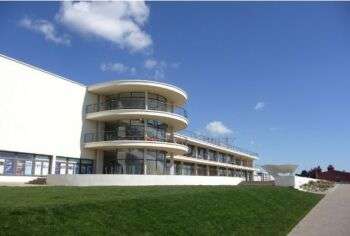
Image source: https://search.creativecommons.org/photos/e6b7c341-623c-4898-af17-a6339112bdd9 by yellow book
- Villa Weizmann (1934 to 1936) is the residence of the first president of Israel, Chaim Weizmann. This building is one of the most important pieces of Israel’s architectural heritage. The 22-room building is nestled among orange groves on an 11-acre estate in Rehovot, south of Tel Aviv. Additionally, it currently houses the Weizmann Institute of Science.
- Hospitals in Haifa (1937) and Jerusalem (1938)
- Maimonides Hospital (1946) in San Francisco
Einstein Tower
Einstein Tower, in Potsdam (1919–21), is a bizarre, highly sculptured structure, which was his first commission after WWI and remains his most famous creation. The stucco molding on the outside allowed for the creation of smooth organic curves that flow around the building in ways never seen before. The reception was mixed, with some calling it a “clumsy spaceship,” which perhaps not necessarily a bad thing for the observatory. The unusual arches and breathtaking levels of Einstein’s Tower elevated his status as an architectural innovator.
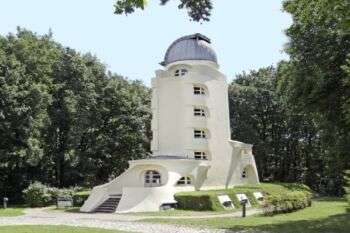
Image source:https://search.creativecommons.org/photos/13e75322-00e8-4be3-8e41-fd7c272380c1 by Jean-Pierre Dalbéra from Paris, France
Features of His Style
Erich Mendelsohn created pieces described as lyrical, rhythmic, and emotional. He did not strive for rationality but worked to undermine the dynamics of the world. Further, he expressed the power of Expressionism in the grace of his architectural works. Mendelsohn’s international style, displaced with Art Deco and Art Nouveau, influenced architects around the world.
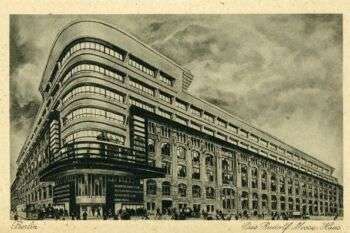
Image source: https://search.creativecommons.org/photos/f2aba131-e95e-4cdf-ab48-0a1c99fe1742 by sludgegulper
Info sources:
